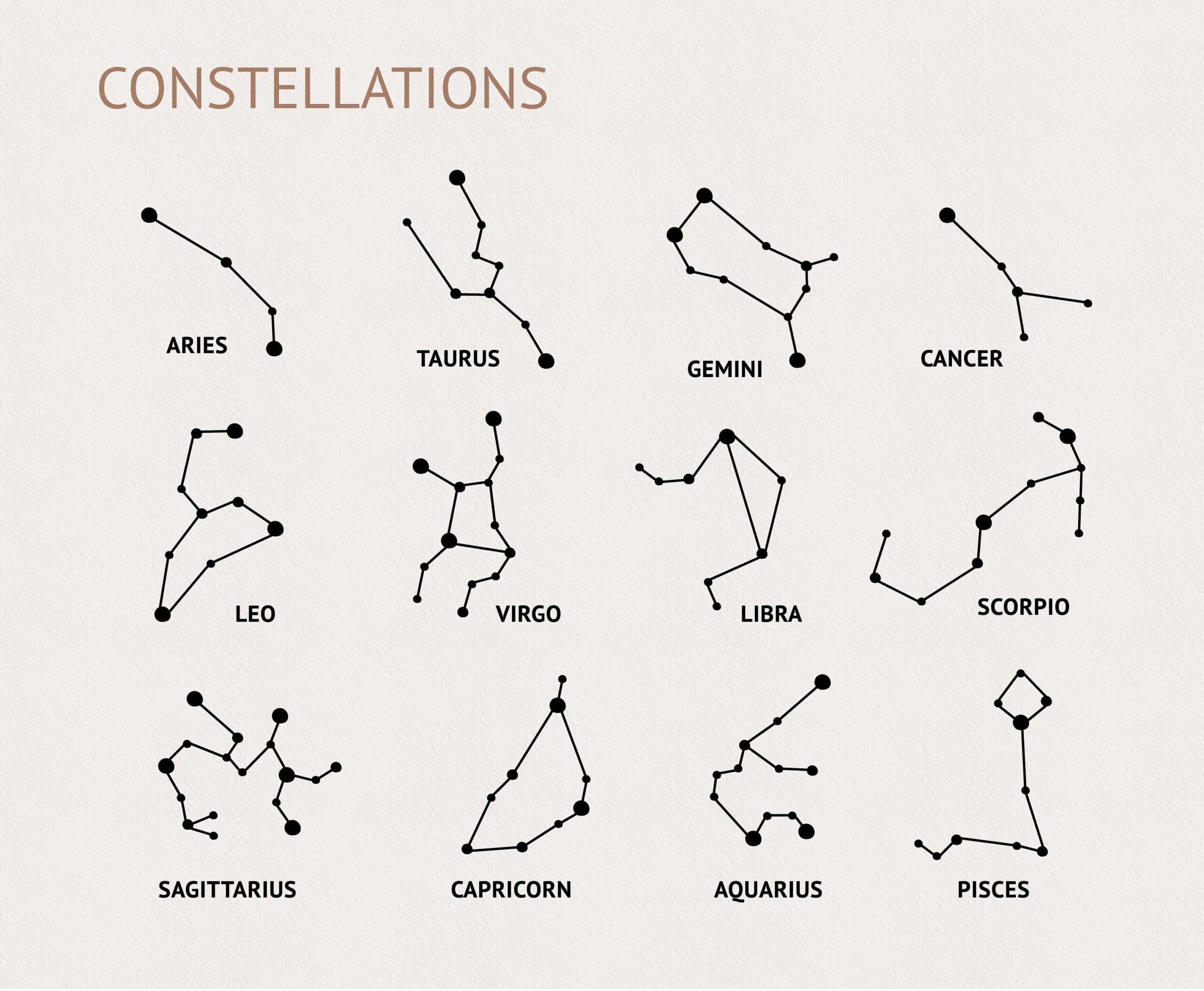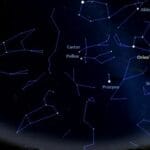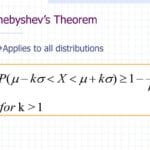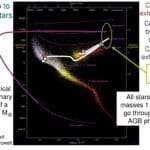Discovering the Celestial Dipper: The Plough
Look up at the night sky, particularly in the Northern Hemisphere. You’ll likely spot a familiar pattern of seven bright stars, shaped like a dipper or a plough. This is the Plough, a prominent asterism—a recognizable star pattern—within the larger constellation Ursa Major, the Great Bear. It’s a celestial landmark, a key to unlocking other night sky secrets, and a source of wonder for stargazers throughout history. Think of the Plough as your personal cosmic compass, always present to guide your celestial explorations. You can easily solve any calculations and problems related to Chebyshev’s theorem by using our top-rated Chebyshev’s theorem calculator.
Identifying the Stars of the Plough
The Plough’s seven stars are each unique in their distance, size, temperature, and movement through space. Nonetheless, they form a distinct and easily recognizable pattern. The stars are:
- Dubhe: One of the “pointer stars,” an orange giant star.
- Merak: The other “pointer star,” a white star.
- Phecda: Located at the bottom of the “bowl,” sometimes called the “Lower Knee.”
- Alioth: The brightest star in Ursa Major, located in the “handle.”
- Megrez: The dimmest of the seven Plough stars, where the “bowl” meets the “handle.”
- Mizar: A double star system, visible with good eyesight, found in the middle of the “handle.”
- Alkaid: Marks the end of the Plough’s “handle,” a young, hot, blue-white star.
Six of these stars shine with a second magnitude brightness, making them relatively easy to see even with some light pollution. Megrez is slightly dimmer, at third magnitude, but still visible once you’ve located the Plough.
Locating the Plough and Polaris
The Plough’s circumpolar nature in the Northern Hemisphere means it’s visible year-round, though its position in the sky changes seasonally as it appears to rotate around Polaris, the North Star.
To find the Plough, look for its distinctive dipper or saucepan shape. Once you’ve located it, you can then use it to find Polaris:
- Identify Dubhe and Merak, the two stars forming the outer edge of the “bowl.”
- Draw an imaginary line from Merak through Dubhe.
- Extend that line approximately five times the distance between Dubhe and Merak.
- The bright star you find at the end of this line is Polaris.
Polaris sits almost directly above the Earth’s North Pole. Knowing its location provides a clear indication of true north, making the Plough an invaluable navigational tool for centuries.
Myths and Legends of the Plough
The Plough has captivated cultures around the globe for millennia, inspiring various myths and legends.
- Greek Mythology: The ancient Greeks saw Ursa Major as a bear, connecting it to the myth of Callisto, a nymph transformed into a bear by Zeus or Artemis. Have you read our Chronicles of the Nephilim yet?
- Native American Traditions: Some Native American tribes visualized a giant celestial canoe or saw the seven stars as representing seven chiefs or wise men, symbols of guidance and wisdom.
- Hindu Mythology: The seven stars represent the Saptarishi, seven wise sages.
These diverse interpretations showcase the human tendency to project meaning and stories onto the celestial canvas.
The Plough’s Stars: A Closer Look
While appearing as a single unit, the Plough’s stars are located at varying distances from Earth, have different sizes and temperatures, and move through space at different speeds.
| Star Name | Distance from Earth (light-years) | Other details |
|---|---|---|
| Dubhe | ~124 | A multiple star system |
| Merak | ~79 | Part of a moving group of stars |
| Phecda | ~84 | |
| Megrez | ~81 | |
| Alioth | ~81 | Brightest star in the Plough |
| Mizar | ~78 | A famous double star, visible to the naked eye |
| Alkaid | ~101 | The youngest and hottest star in the Plough |
Some astronomers suggest that five of the seven stars—Merak, Phecda, Alioth, Mizar, and Alkaid—probably formed from the same interstellar cloud, making them a sort of stellar family. Research into these stars continues to reveal fascinating details about their lifecycles and the dynamics of our galaxy.
Is the Plough a Constellation?
No, the Plough isn’t a constellation itself but an asterism within the larger constellation Ursa Major. Asterisms are recognizable patterns of stars that may be part of a larger constellation or even span across multiple constellations. They are essentially “star-shaped mini-constellations.”
Orion’s Belt vs. The Plough: A Tale of Two Asterisms
It’s easy to confuse prominent asterisms, especially for those new to stargazing. A common question is whether Orion’s Belt and the Plough are the same thing. The answer is a definitive no. They are distinct groups of stars, belonging to different constellations, and each boasting unique characteristics.
Orion’s Belt, a compact and striking asterism, is composed of three bright, blue-white stars in a straight line within the constellation Orion, the Hunter. The Plough, with its seven stars forming a dipper shape, is part of Ursa Major, the Great Bear.
| Feature | Orion’s Belt | The Plough (Big Dipper) |
|---|---|---|
| Number of Stars | 3 | 7 |
| Shape | Straight line | Dipper/Saucepan |
| Constellation | Orion (The Hunter) | Ursa Major (The Great Bear) |
| Visibility | Autumn, winter, and spring (Northern Hemisphere) | Year-round (Northern Hemisphere) |
Their mythological associations also differ. Orion’s Belt, as the name implies, represents the hunter’s belt in Greek mythology. The Plough, on the other hand, has a more varied mythological history, visualized as a bear, a wagon, a plough, or even seven wise men across different cultures.
The Plough Through the Seasons
Because of Earth’s rotation and orbit around the sun, the Plough’s position in the night sky changes throughout the year and even throughout the night. It appears to rotate around Polaris. Sometimes, the Plough looks upright, as if ready to till the celestial fields. Other times, it appears upside down, seemingly pouring out its cosmic contents.
The Ever-Evolving Story of the Plough
Our understanding of the universe is continually evolving. Ongoing research may refine or even challenge what we currently know about the Plough and its stars. The stars in both Orion’s Belt and the Plough are at vastly different distances from Earth, and they are all moving through space. So, what appears as a fixed pattern to us is part of a dynamic, ever-changing universe.
The next time you look up at the night sky, locate the Plough. It’s more than just a familiar pattern; it’s a gateway to understanding the vastness of the universe, a testament to human ingenuity and imagination, and a reminder of the countless stories written in the stars. It connects us to the past, guides us in the present, and inspires future exploration and discovery.













1 thought on “The Plough: Your Guide to Ursa Major’s Most Famous Constellation”
Comments are closed.